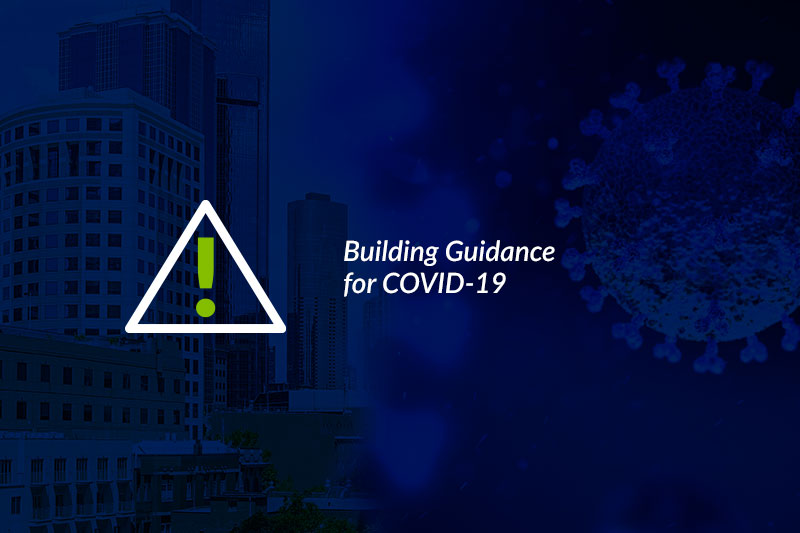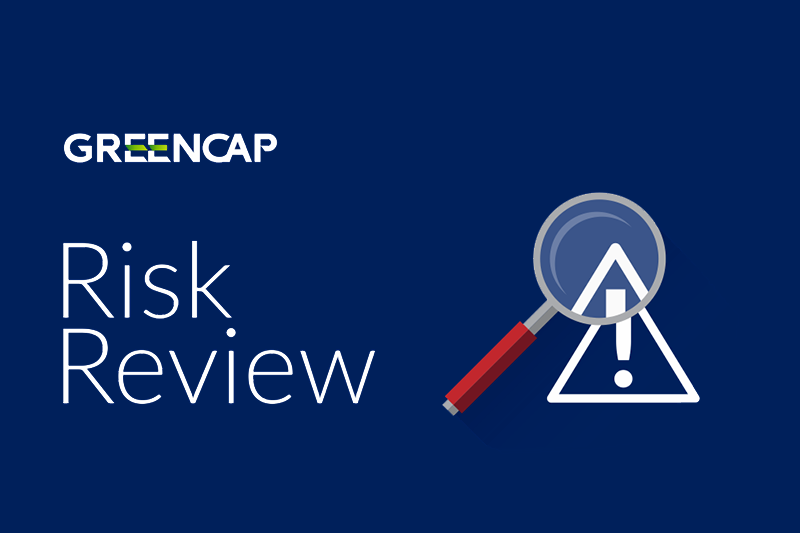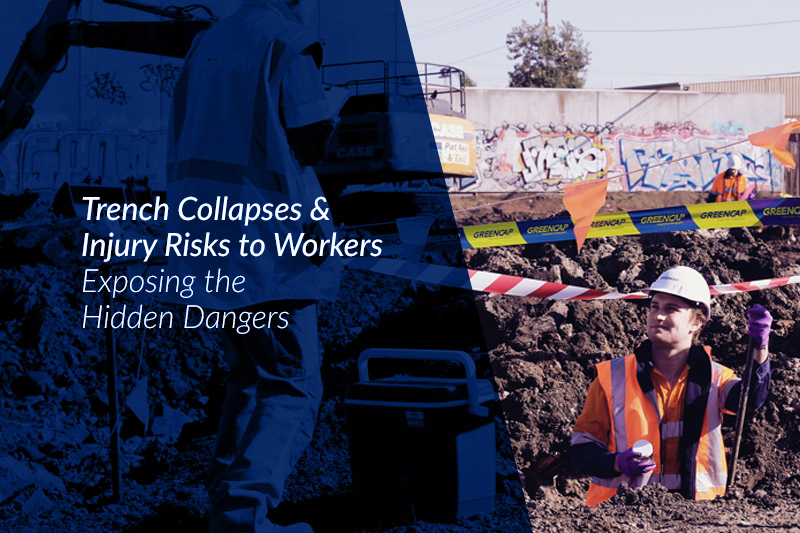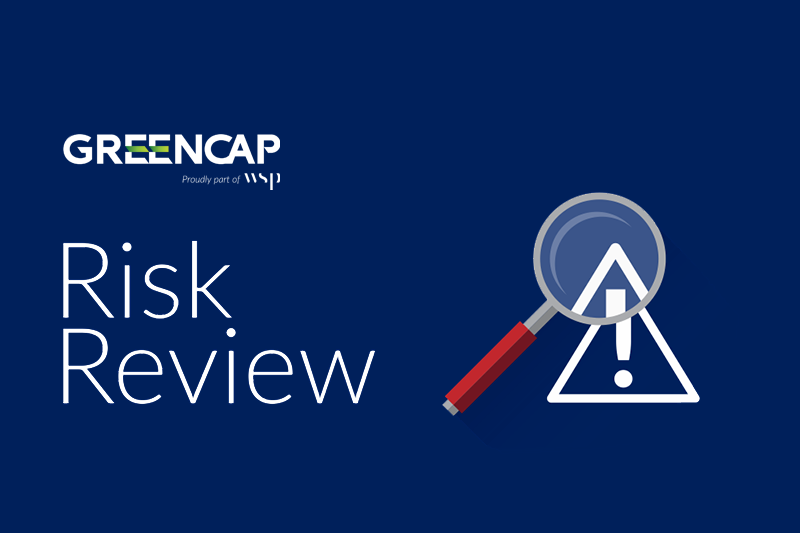News & Insights
Building Guidance for COVID-19 Shutdown & Reopening
Updated 22 May 2020
The COVID-19 pandemic has had far-reaching impacts on people and businesses across the world. As everyone works together through this crisis, it is important to look to the future and what is needed to prepare for when operations start moving towards a return to normality.
Many businesses have had to take drastic action to help mitigate the spread of the virus which has included the closure or limited operations of many facilities including buildings, schools, universities, and non-essential facilities. On top of the potential financial and business continuity impacts for buildings and organisations, there are also the significant risks and challenges in shutting down a building’s infrastructure.
The current focus for many buildings is to minimise risks to workers and the public, and to ensure the building can be safely reoccupied once the crisis starts to subside.
Shutting down a building can also be an advantage as it can allow other works to be conducted at the building which at other times may be restricted due to its impact on tenants and occupants. Work such as power shutdowns, full function fire tests, asbestos removals and construction can be undertaken with minimal impact on tenants and operations.
Applying forethought and planning to your building’s operations prior to and following a potential shutdown can go a long way in reducing issues that may be faced when normal operation recommences. Understanding what essential maintenance (legislative and best practice) is required to be conducted at a building during a shutdown and upon reopening is key to ensure the building can be reopened safely and effectively when work is to resume.
Heating, Ventilation & Air Conditioning
A primary concern in the maintenance for the indoor environmental conditions for a business is Heating, Ventilation and Air Conditioning (HVAC). Many HVAC systems run on automatic modes which are designed to operate under normal building conditions which produce heat, such as having occupants within the building, running of lights, operation of electrical equipment and vehicles using car parks. When this state is altered, the building is not always smart enough to automatically adjust and therefore this can affect the “normal” indoor environment within the building. Preparing and adjusting building settings will help minimising issues during shutdown such as mould growth and other indoor environmental issues.
Legionella Risk & Water Systems
Another significant risk during a partial or full building shutdown is the increased risk of Legionella growth in water systems such as cooling towers, fountains, water features and the like. The growth of the Legionella bacteria significantly increases in stagnant water as residual biocide levels and chlorines in water will reduce over time. Maintenance of these water systems is paramount in a building to reduce the potential unsafe exposure for tenant and the public to Legionella when the building is reoccupied, and the systems are started back up again. Regular reviews and inspections of systems, plus additional water services and chemical dosing, may be required to manage these systems during a shutdown.
Cleaning & Disinfection
During a building shutdown the buildings cleaning processes must also be considered even when it is not occupied. Leaving a building to “sit” without appropriate cleaning regimes may create other health hazards (such as vermin/pest infestations, environmental hazards, chemical leaking, dirty and dusty tenant and common areas) when the building is reopened. Rectifying these problems can cost significant amounts of money and place a strain on already limited resources. The building should also plan for a cleaning and disinfection program for the building’s interior, furnishing and mechanical system prior to reoccupation to mitigate potential exposures to COVID-19 by people as they return to their workplaces. Engaging the correct contractors and ensuring the cleaning methodology is adequate and in line with recommended guidelines and best practice is important in ensuring the building can be safely occupied after any shutdown. Undertaking an independent review of a contractors cleaning methodology and procedures is just one of Greencap's many COVID-19 specific services.
Guidance
A guidance document produced by the American Industrial Hygiene Association (AIHA) titled Recovering from COVID-19 Building Closures – Guidance Document is a clear guide on some of the potential impacts that may need to be addressed when closing or reopening a building. While this is a document produced by an American organisation, the risks do not vary between countries and the guidance materials is as applicable in Australia as it is in the United States of America.
Along with Greencap’s existing suite of risk consulting services provided by the Property Risk, Health & Safety and Environmental practices, Greencap have several COVID-19 specific services to assist clients.



Industry News
Risk Review
News
Mid-Coast Outreach & Greencap - Helping to keep communities safe and supported
Risk Review
The Asbestos Register – A cornerstone for managing asbestos
Greencap acknowledges the Traditional Owners of Country throughout Australia and recognises their continuing connection to land, waters and culture. We pay our respects to their Elders past, present and emerging.





